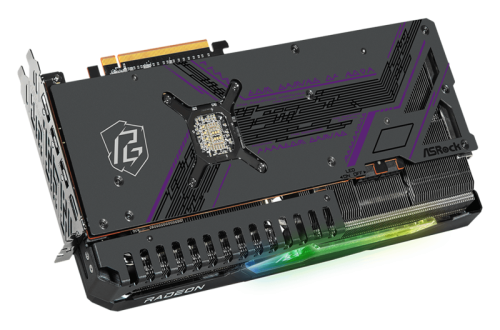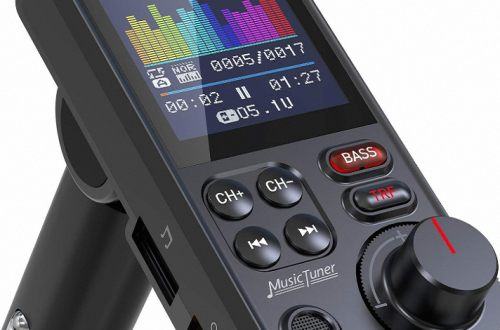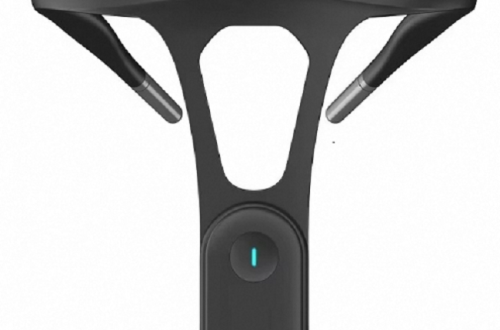Introduction
Connecting your MacBook to a TV can open up a whole new world of entertainment and productivity possibilities. Whether you want to watch movies, stream videos, give presentations, or simply enjoy a larger display, casting your MacBook to a TV can provide a seamless experience. In this article, we will guide you through the process of connecting your MacBook to a TV effortlessly.
1. Wired Connection Options
1.1 HDMI Cable Connection
1.1.1 Check Ports: Determine if your MacBook has an HDMI port or requires an adapter.
1.1.2 Connect the Cable: Plug one end of the HDMI cable into the MacBook and the other into the TV.
1.1.3 Select Input Source: Use your TV’s remote to select the corresponding HDMI input.
1.2 Thunderbolt/USB-C to HDMI Adapter
1.2.1 Check Port: If your MacBook has a Thunderbolt or USB-C port, you’ll need an adapter.
1.2.2 Connect Adapter: Plug the adapter into your MacBook’s Thunderbolt or USB-C port.
1.2.3 Connect HDMI Cable: Attach one end of the HDMI cable to the adapter and the other to the TV.
1.2.4 Select Input Source: Use your TV’s remote to choose the correct HDMI input.
2. Wireless Connection Options
2.1 AirPlay (Apple TV)
2.1.1 Ensure Compatibility: Make sure your MacBook and Apple TV are on the same Wi-Fi network.
2.1.2 Enable AirPlay: On your MacBook, click on the AirPlay icon in the menu bar.
2.1.3 Select Apple TV: Choose the Apple TV device you want to connect to.
2.1.4 Adjust Display Settings: Configure display settings on your MacBook for optimal viewing.

2.2 Chromecast
2.2.1 Install Chromecast: Set up Chromecast on your TV following the manufacturer’s instructions.
2.2.2 Download Google Home: Install the Google Home app on your MacBook.
2.2.3 Connect Chromecast: Launch the Google Home app and follow the prompts to connect your Chromecast.
2.2.4 Cast from MacBook: Open a compatible app or mirror your screen using the Google Chrome browser.
3. Troubleshooting Connection Issues
3.1 Check Cable Connections:
Ensure that all cables are securely connected to both the MacBook and the TV.
3.2 Verify Settings:
Double-check that the input source on the TV matches the connection you’ve made.
3.3 Update Software:
Keep your MacBook and TV firmware/software up to date to avoid compatibility issues.
3.4 Restart Devices:
Restart both your MacBook and TV to refresh their connections and settings.
3.5 Disable Firewall/Antivirus:
Temporarily disable any firewall or antivirus software that may interfere with the connection.
4. Optimizing Your Viewing Experience
4.1 Display Preferences:
Adjust display settings on your MacBook to optimize the image quality on the TV.
4.2 Audio Settings:
Ensure that the audio output is directed to the TV to enjoy sound through its speakers.
4.3 Screen Mirroring:
Use screen mirroring to replicate your MacBook’s display on the TV for presentations or sharing content.
4.4 Aspect Ratio:
Adjust the aspect ratio on your MacBook and TV to match the content for the best viewing experience.
4.5 Wireless Keyboard and Mouse:
Consider using a wireless keyboard and mouse for convenient control from a distance.
Conclusion
Connecting your MacBook to a TV opens up endless possibilities for multimedia entertainment, presentations, and productivity. Whether you choose a wired or wireless connection, the process can be seamless and straightforward. By following the steps outlined in this article, you can effortlessly connect your MacBook to a TV and enjoy a larger, more immersive experience. From HDMI cables and adapters to wireless options like AirPlay and Chromecast, these methods offer flexibility and convenience. In case of troubleshooting connection issues, remember to check cable connections, verify settings, update software, and restart devices. By optimizing your viewing experience through display preferences, audio settings, screen mirroring, aspect ratio adjustments, and wireless peripherals, you can take full advantage of connecting your MacBook to a TV. So, get ready to cast and enjoy your favorite content on the big screen!


